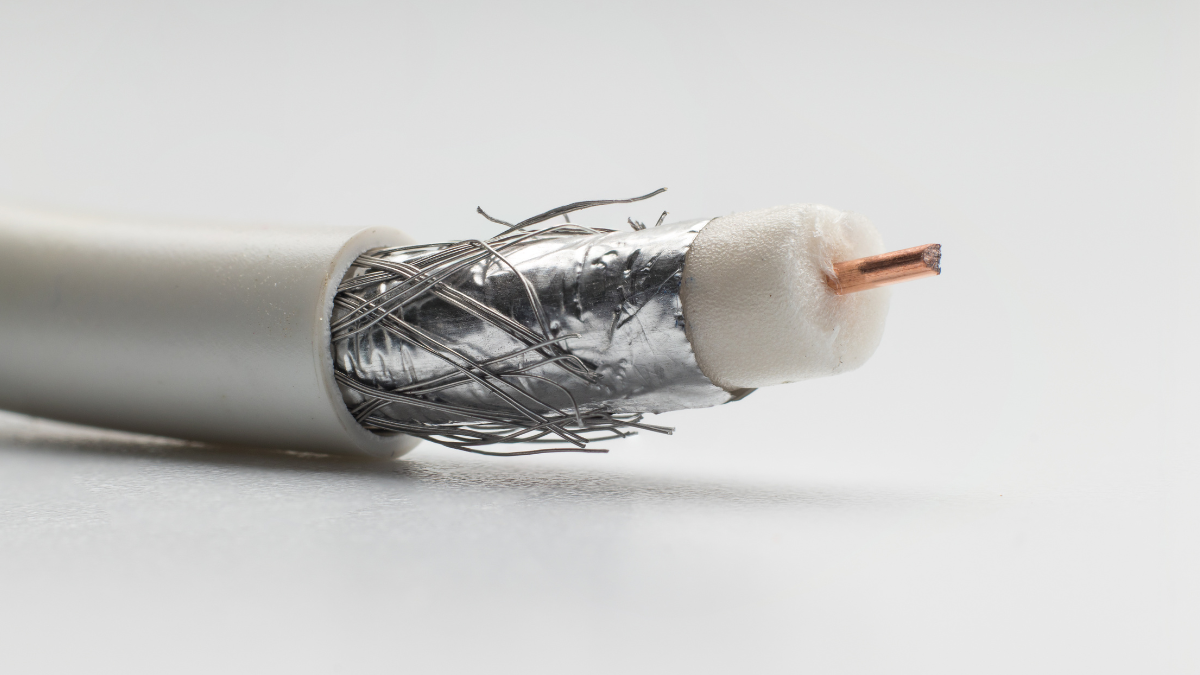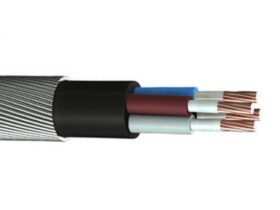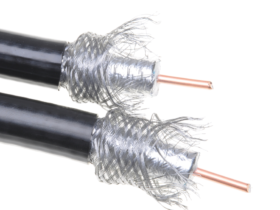Introduction: In today’s rapidly advancing technological landscape, where seamless connectivity is the lifeline of various industries, coaxial cables play a crucial role in ensuring reliable data transmission. These cables have witnessed remarkable advancements since their inception, and their importance cannot be overstated. In this blog, we will delve into the world of coaxial cables, explore their manufacturing process, and discuss their significance in modern-day applications.
Link: Coaxial Cables Manufacturer
Tag: #CoaxialCables #Connectivity #Manufacturing
Coaxial Cables: A Brief Overview: Coaxial cables consist of a central conductor, an insulating layer, a metallic shield, and an outer protective cover. This design provides excellent shielding properties, making coaxial cables suitable for transmitting high-frequency signals with minimal interference. They find extensive use in various industries, including telecommunications, television broadcasting, computer networking, and more.
Manufacturing Process: The manufacturing of coaxial cables involves several intricate steps to ensure optimal performance. Companies like Relemac Cables specialize in producing high-quality coaxial cables by adhering to industry standards. Let’s take a closer look at the manufacturing process:
- Conductor Preparation: Coaxial cables typically use copper or aluminum conductors. These conductors undergo a series of processes, including wire drawing, stranding, and annealing, to achieve the desired mechanical and electrical properties.
- Insulating Layer: A dielectric insulating layer is applied over the central conductor to maintain a uniform impedance throughout the cable length. Various materials like foam polyethylene, polypropylene, or solid polyethylene are used as dielectrics.
- Shielding: To minimize electromagnetic interference (EMI) and radio frequency interference (RFI), a metallic shield is added. The shield is usually made of a braided or foil conductor, ensuring optimal signal integrity.
- Jacketing: The outer protective covering, known as the jacket, provides mechanical strength, protection against environmental factors, and insulation. PVC, polyethylene, or low smoke zero halogen (LSZH) materials are commonly used for jacketing.
Applications and Advancements: Coaxial cables have evolved to meet the increasing demands of modern applications. They are widely used in:
- Telecommunications: Coaxial cables enable high-speed internet access, cable TV distribution, and telephone services.
- Broadcasting: Television and radio broadcasting heavily rely on coaxial cables for signal transmission.
- Data Networking: Coaxial cables facilitate reliable data transmission in local area networks (LANs) and wide area networks (WANs).
- Industrial Applications: Industries such as aerospace, military, and healthcare utilize coaxial cables for critical applications where data integrity is of utmost importance.
As technology progresses, advancements in coaxial cable design and manufacturing techniques continue to enhance their performance. These advancements include improved shielding techniques, higher bandwidth capabilities, and better signal-to-noise ratios.
Future Possibilities: Looking ahead, the future of coaxial cables appears promising. The demand for higher data transfer rates, especially with the advent of technologies like 5G, Internet of Things (IoT), and augmented reality (AR), necessitates continuous innovation in coaxial cable manufacturing.
Additionally, research conducted in the field of materials science, as highlighted by Relemac, shows promise for developing advanced materials with superior electrical and mechanical properties. These materials could further enhance the capabilities of coaxial cables and contribute to the ever-growing need for faster and more reliable connectivity.
Conclusion: Coaxial cables have come a long way since their inception, and they continue to be a vital component in the realm of reliable data transmission. As technology advances, coaxial cables will likely play an essential role in connecting the world, enabling seamless communication, and supporting the digital transformation of various industries.
Whether it’s high-speed internet, crystal-clear television signals, or efficient networking, coaxial cables from reputable manufacturers like Relemac Cables will remain at the forefront of delivering reliable connectivity solutions.
So, next time you enjoy a stable internet connection or watch your favorite TV show without any interruptions, remember the silent heroes working behind the scenes—coaxial cables!












Leave a Reply